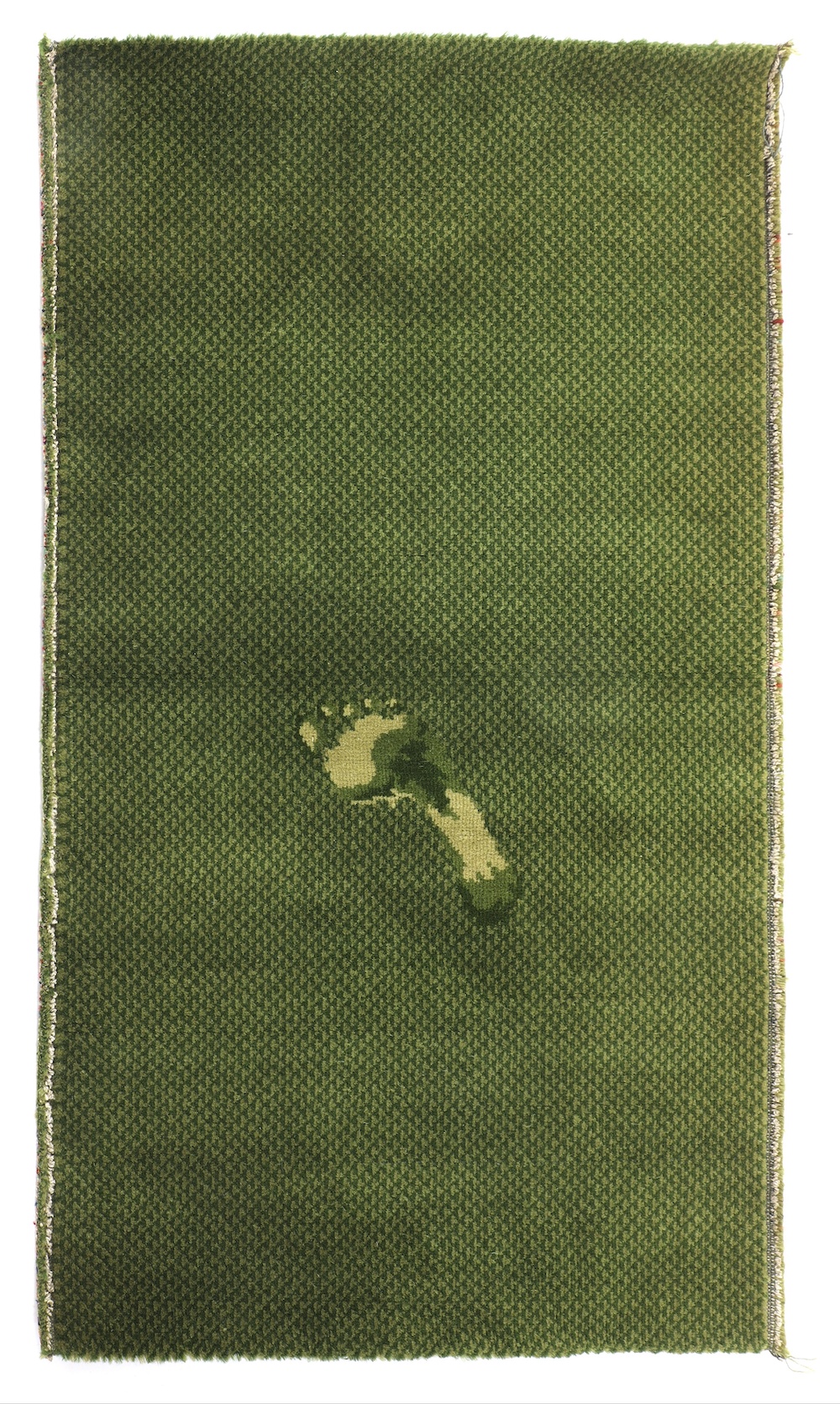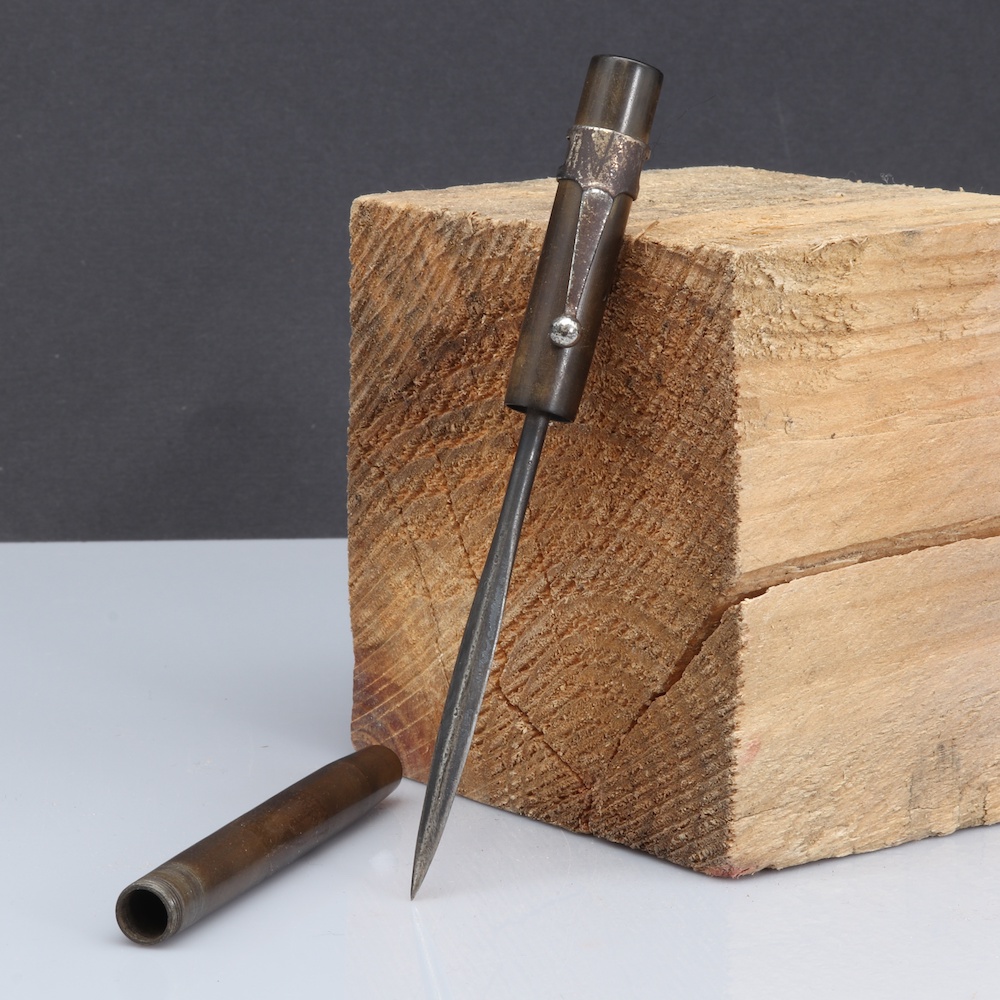Sale’s top lots are Out of the Ordinary
With the much-anticipated annual Out of the Ordinary sale set to take place at Essex auction house, Sworders, this February 7, we asked 20th-century design specialist Otto Billström to choose some of his personal highlights from the eclectic collection.
Lot 11:
A Boer War sports medal
 1902, a rare and unusual carved soft-stone medal, with a castellated edge, inscribed to the rim ‘BERMUDAS Volks-Spelen Darrel-Eilanden’, the inner rim indistinctly signed, to the centre engraved ‘1ste Prijs’, dated ‘23.02.02’, to the reverse marked with a monogram, and signed ‘Camp P of W Feby. 1902’.
1902, a rare and unusual carved soft-stone medal, with a castellated edge, inscribed to the rim ‘BERMUDAS Volks-Spelen Darrel-Eilanden’, the inner rim indistinctly signed, to the centre engraved ‘1ste Prijs’, dated ‘23.02.02’, to the reverse marked with a monogram, and signed ‘Camp P of W Feby. 1902’.
This intrigued me from the moment I first held it – such a small item which tells such a monumental narrative about a very specific event which took place in the Prisoner of War camp on Darrell’s Island in Bermuda. Sporting events were a reasonably common occurrence in the camps, and this medallion was awarded to the victor of one such sports day on the 23rd of February 1902. Bar a few chips and knocks it appears to have lived most of its life in its accompanying leather pouch, making it a rare survivor with its inscription still crisp and legible.
Lot 44:
Inuit carvings
 Early 20th century, an unusual pair of figural Inuit walrus ivory carvings, possibly float plugs or amulets, one modelled as a bird, the other as an anthropomorphic bird with the head of a man.
Early 20th century, an unusual pair of figural Inuit walrus ivory carvings, possibly float plugs or amulets, one modelled as a bird, the other as an anthropomorphic bird with the head of a man.
I absolutely adore this pair, and they are what sold me on the entire collection in the first place. Their simple shapes and minimalist decoration feel strangely modernist and would either work alongside modern sculpture or in accompaniment of other ethnographica. Each carved from a single piece of walrus ivory, the have been carved and decorated with great artistic skill.
Lot 87:
A scratch-built shadowbox reliquary
19th century, likely Italian, constructed as an altar with brass and paper filigree work, set throughout with bone fragments and other relics, with carved bone candelabra and urns, set to the centre with a painted miniature on ivory depicting St Peter.

These were somewhat of a mystery before I started looking into them. I’ve always found votive art and reliquaries highly fascinating, as they often allow for highly subjective choices of design and what to incorporate. This and its companion, lot 86, are both highly expressive devotional pieces, made with great skill and attention to detail.
Lot 99:
A Victorian sorcerer’s mirror
19th century, the centre with a circular arrangement of convex lenses surrounding a central lens with sunburst, the edge with acid-etched bands of laurel wreaths, flowers and leaves, bearing an acid-etched signature ‘F. Gee’, set within a mahogany frame.

Sorcerer’s mirrors have become somewhat of a staple for the sale, and we see them regularly in all shapes and sizes, with all manner of executions ranging from plain to complex. Yet, this is probably among the best examples I have ever seen, featuring all of the bells and whistles, from the convex optics with a sunburst around the central lens, to the acid etched three layer garland, beautifully framed up, and with an acid etched signature to boot. This is sure to be a popular one among this year’s offerings.
Lot 214:
Les Ballets, 1933


 1930s, two large rare posters and a programme for Les Ballets 1933, together with a carpet section, designed with Tilly Losch’s footprint.
1930s, two large rare posters and a programme for Les Ballets 1933, together with a carpet section, designed with Tilly Losch’s footprint.
This is certainly something Out of the Ordinary, and a fantastic story to boot – one of a man whose blind devotion to his muse had him orchestrate an entire opera production in Paris, involving some of the leading Surrealist artists in the process, winning her over and marrying her, and immortalising his passion for her in a carpet designed to incorporate the wet footprints left by her on the carpet one day. Unfortunately, their marriage was over before the carpet (now residing in the West Dean college) was completed and installed, and he had the design altered to the paw prints of his dog.
Lot 273:
A stained glass window

1937, a window from Claremont Street Primitive Methodist Church, Leicester, depicting King David with a harp under a trefoil arch of trumpeting angels, inscribed ‘Praise the Lord with harp. Sing unto Him with Psaltery’.
Stained glass is something I’ve always had a soft spot for, but what makes it even more special is when we can trace the history of the window and its origin. The inscription of the base led us to George Edward Hilton, choirmaster, and organist at the Claremont Street Primitive Methodist church, also serving as Lord Mayor of Leicester between 1920-1921. The chapel was demolished in the 1990s, however, photographs of the rear of the chapel enabled us to ascertain its origin. To boot it is a fabulous rendering of King David, I just wish I had the ceiling height for it!
Lot 446:
A Special Operations Executive dagger

1940s, a World War II, MI9/SOE-issued, assassination dagger, concealed in a fountain pen casing, unscrewing to reveal a four-sided blade.
We have had a fantastic collection of Special Operations Executive items consigned from a private collector – all of which tell the fascinating story of operations and equipment behind enemy lines in the second world war. These include concealed daggers, escape blades, and compasses. According to the IMW, close to two million compasses were issued to RAF flight staff and allied operatives, all hidden in seemingly ordinary objects.
Lot 475:
Mapula embroidery project
 ‘Aids Is Not a Sin‘, c.2000, South Africa, embroidered in polychrome threads, depicting a semi-abstract landscape scene, worked and signed by Maria Rengane,
‘Aids Is Not a Sin‘, c.2000, South Africa, embroidered in polychrome threads, depicting a semi-abstract landscape scene, worked and signed by Maria Rengane,
The perks of working on this sale is that you meet some truly passionate collectors. I was contacted by a gentleman who is an avid collector of Mapula embroideries and was fortunate to learn a great deal about them from him. The community art project consisting of nearly 150 women wove and embroidered these in the early 1990s, incorporating positive messages and local narratives into the tapestries. They have since gained a global following, finding their way into numerous private collections, including those of Oprah Winfrey and Barack Obama.
Lot 504:
‘Playboy hair cut’
late 20th century, a Ghanaian folk art barbershop sign, acrylic on board.
Predating the advent of digital printing, these hand painted acrylic signs provides an interesting insight into popular culture and Americanisation of Ghanian society. The cartoons drawn onto them quickly took on its own distinctive style and would usually be in the likeness of African American stars of the time such as Will Smith or Tupac, usually accompanied with slogans relating to contemporary American brands, such as Playboy and Champion to name a few. Usually executed in vibrant colour schemes, the signs started to be brought back from Ghana from around the mid-1980s and has since then garnered a cult following among collectors.



